Smart FBA
#1 in Amazon Store Management
We Manage Your Store!

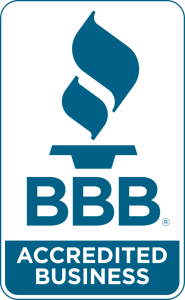
A+ Content
EBC Deals
Upload Listings
Brand Management
Featured In






Smart FBA
The Gold Standard
BBB Accreditation
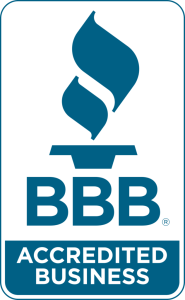
Outsourced Amazon Management
What is Not Measured - is Not Managed
5 Star Google Reviews
How Many Amazon Management Companies Have Public Google Reviews?
The Leader in Outsourced Amazon Management

Amazon Store
Management Experts








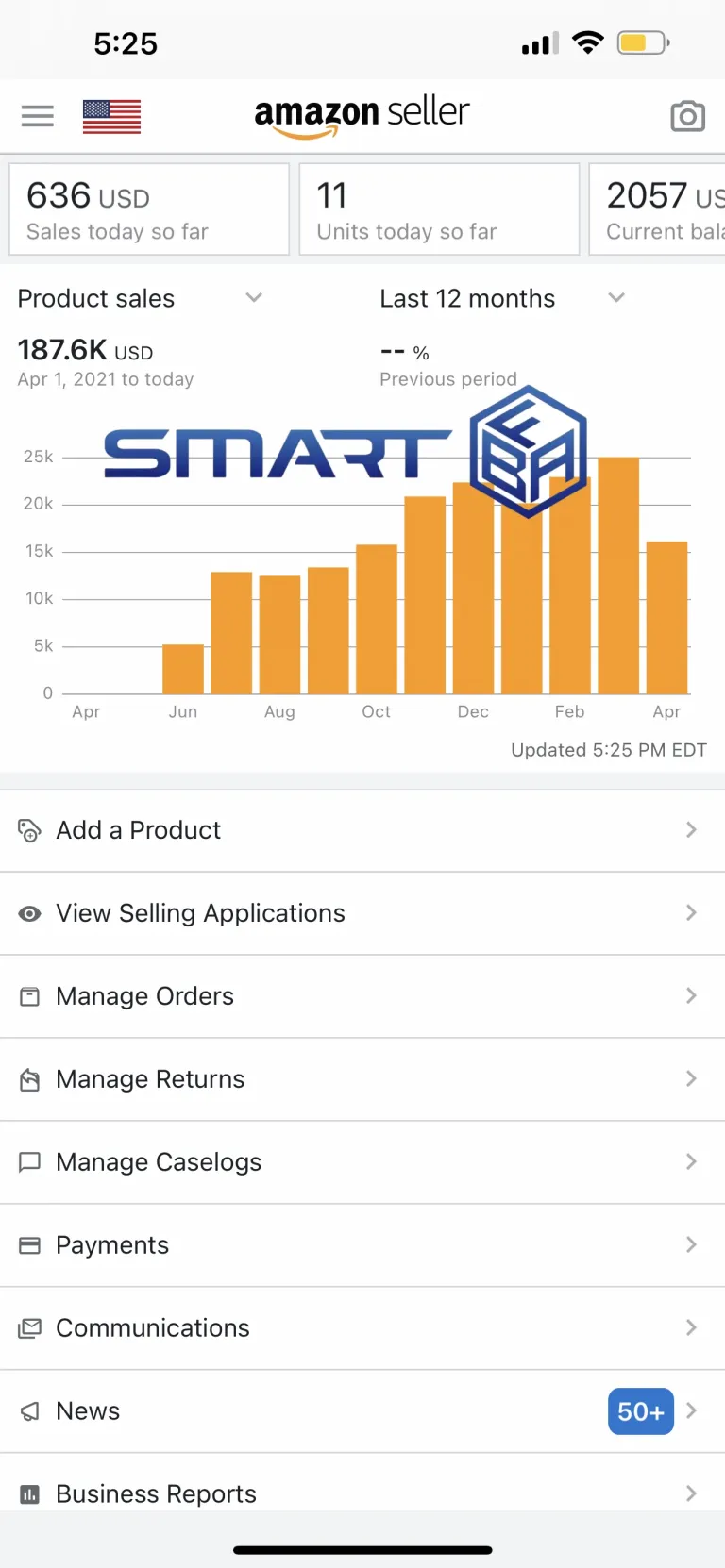


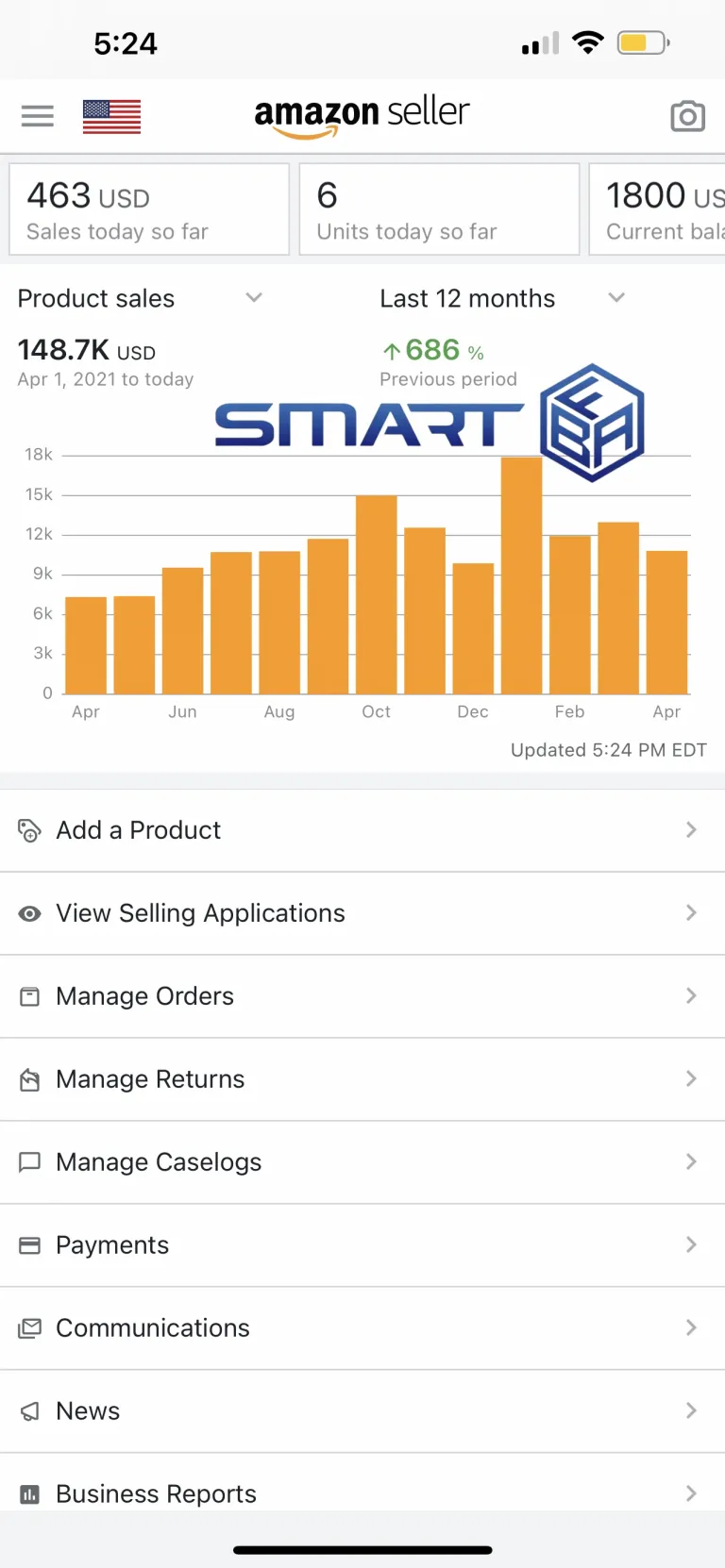



























































Smart FBA Business
Real Amazon Store Management Experience
The Leader in Amazon Automation and Amazon Store Management. We focus on creating sustainable solutions centered on the Amazon FBA platform. The talent we’ve acquired throughout the years has allowed us to operate globally, helping hundreds of Amazon sellers. Many of our staff previously worked for the Amazon Seller Team, and some have over 12 years of experience. We provide Amazon Wholesale and Private Label Solutions. We manage third-party stores for existing sellers, one of which previously produced over 12 million per year. We perform A+ Content, create EBC Deals, manage ads, and provide full brand management solutions for Amazon Sellers. Our brand management solutions for Amazon Sellers have truly been exciting. One particular client saw a revenue jump of over 1000% in 30 days.
"SMART" Outsourced
Amazon Management
♦ A+ Content
♦ Brand Management
♦ Listing Optimization
♦ Stranded Listings
♦ Suppressed Listings
♦ Performance Reporting
♦ Customer Feedback Management
♦ Uploads
♦ Pricing Errors
♦ Appeals
♦ Ungating on Amazon
♦ EBC Deals
♦ Pricing Analysis
♦ Category Analysis
♦ Tracking of Lost Shipments
♦ and MUCH MORE!
Amazon Store Management Results







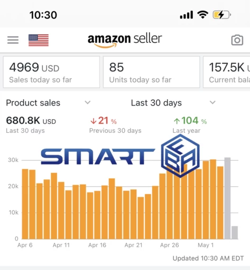







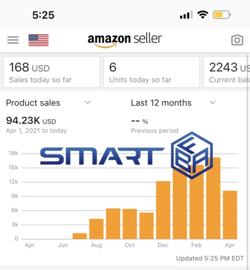


Quick Video of Our Amazon Wholesale Process
More Amazon Store
Management Results

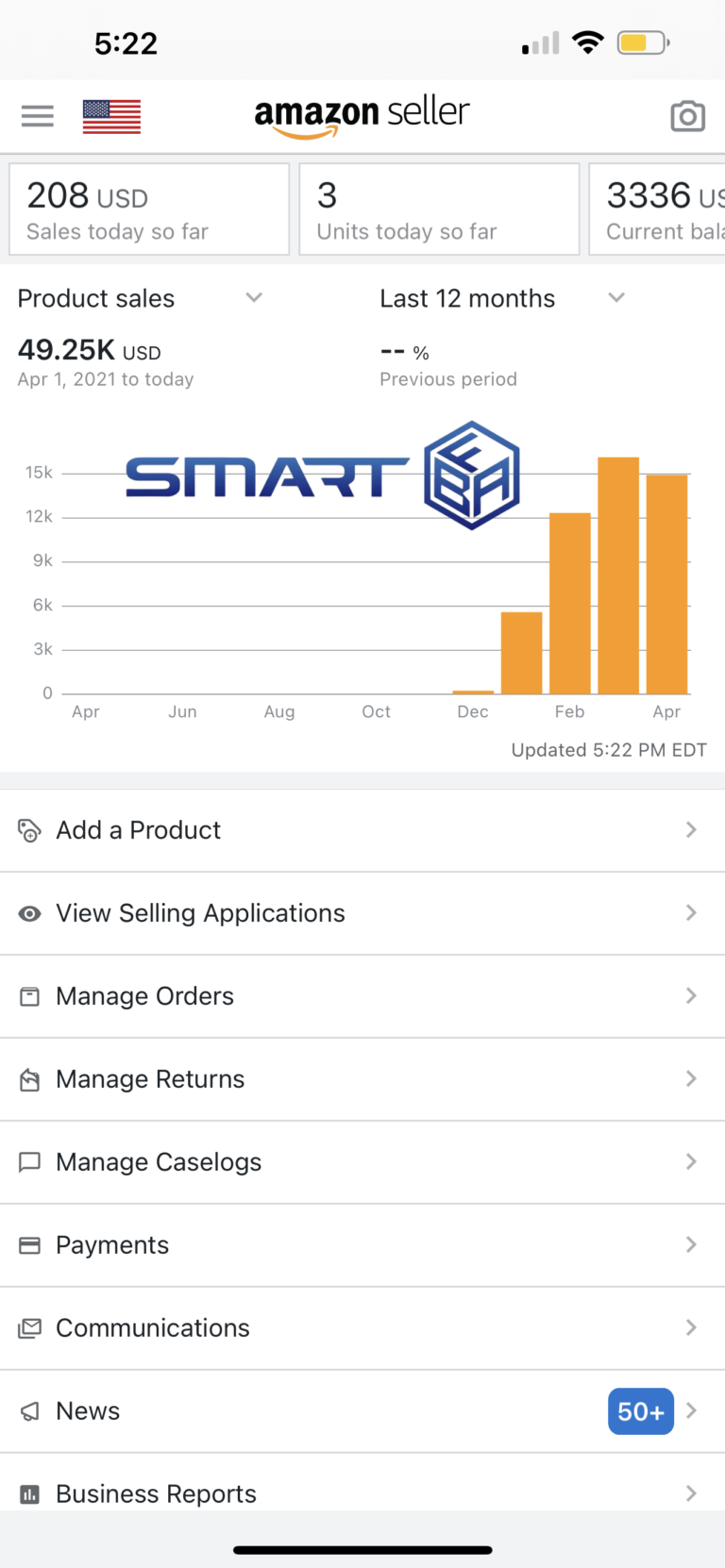




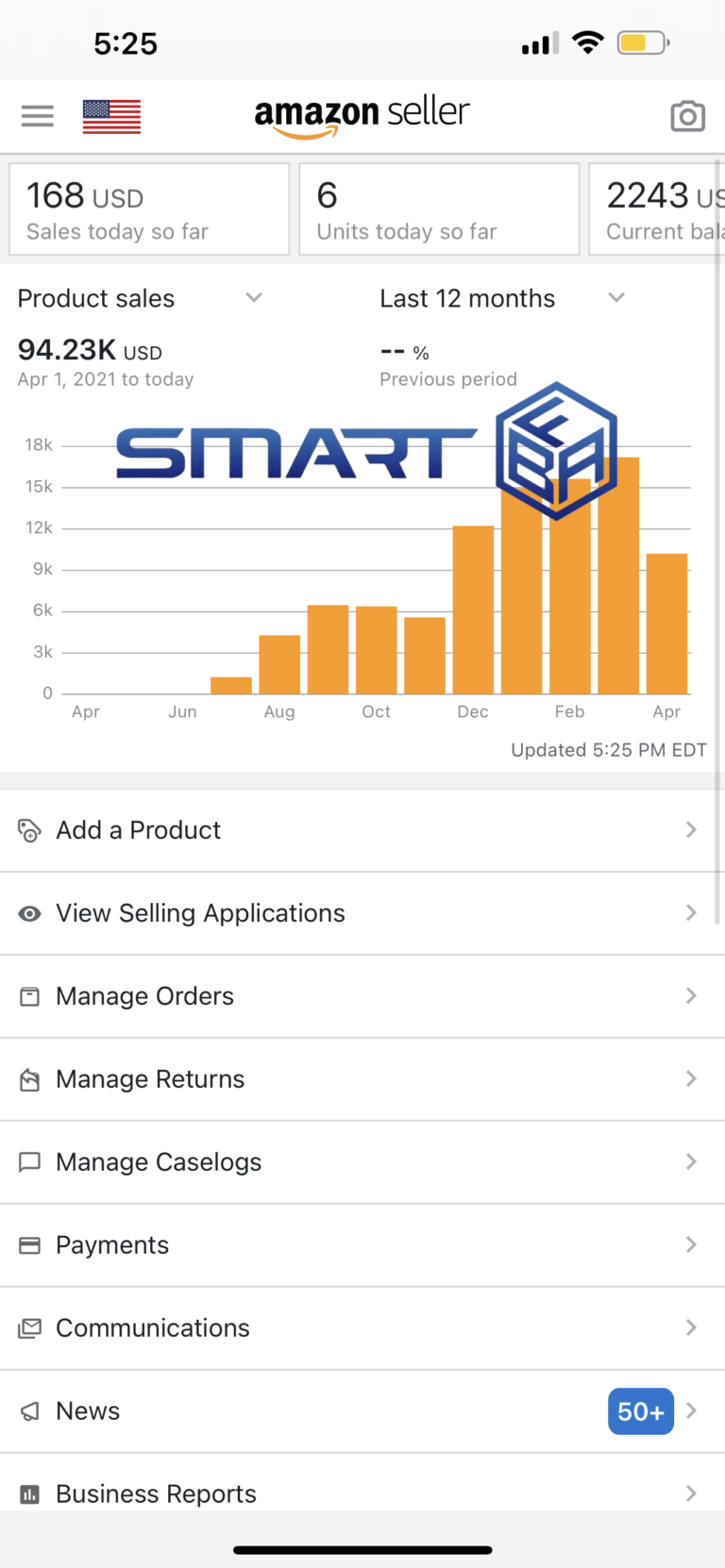



















Smart FBA
#1 in Amazon Store Management

Honesty, Integrity, Scalability & Longevity
Some Recent Brand Approvals





Some Of Our Reviews
The Ultimate Guide to Building and Optimizing Your Amazon Store in 2024
Amazon has solidified its place as a leader in e-commerce, and the creation of an Amazon Store has become a crucial strategy for brands aiming to boost their presence on the platform. As online shopping continues to evolve, businesses—whether large or small—are using Amazon to connect with millions of customers across the globe. With a customizable Amazon Store, sellers can effectively differentiate their offerings, improve customer engagement, and increase revenue.
This article delves into the essentials of setting up and optimizing your Amazon Store, guiding you through the steps to maximize its potential. From setting up your store to implementing SEO strategies, this guide covers it all.
Table of Contents
- What is an Amazon Store?
- Why Every Brand Should Have an Amazon Store
- Step-by-Step Guide to Creating Your Amazon Store
- Best Design Practices for Amazon Stores
- SEO Tips for Ranking Your Amazon Store
- Using Analytics to Track Performance
- Promoting Your Amazon Store
- Common Mistakes to Avoid
- Case Studies: Successful Amazon Stores
- Conclusion
1. What is an Amazon Store?
An Amazon Store is a branded, customizable storefront on Amazon, where sellers can showcase their products through a multi-page experience. It allows businesses to create a space on Amazon that feels like a personal website, with the ability to present products, videos, and brand-specific content. The aim is to provide a richer and more engaging shopping experience, helping sellers establish a strong brand identity on the platform.
Amazon Store is available to vendors, agencies, and sellers registered under the Amazon Brand Registry program. It offers morenesses to control how they present their products and brands flexibility than standard product listings, allowing busi to customers.
2. Why Every Brand Should Have an Amazon Store
The advantages of setting up an Amazon Store are numerous, and businesses that want to grow their reach should strongly consider utilizing this platform.
a) Create a Unique Brand Experience
With an Amazon Store, sellers have the opportunity to present a cohesive and branded shopping experience that reflects their identity. It’s a chance to go beyond standard Amazon product pages and provide customers with a space that feels more like a personalized shop.
b) Boost Conversion Rates
A well-constructed store can drive higher conversion rates, as customers have access to more detailed product information, reviews, and media. This can increase trust and ultimately lead to higher sales.
c) Improve SEO and Visibility
Optimizing your Amazon Store with relevant keywords improves your chances of ranking both on Amazon’s internal search engine and on Google. This is especially crucial for increasing visibility to potential customers who are searching for specific products online.
d) Cross-Promotion Opportunities
You can use your store to promote complementary products or bundles, which helps in increasing average order value. By carefully curating product categories, you can make it easier for customers to discover and purchase related items.
3. Step-by-Step Guide to Creating Your Amazon Store
Creating your Amazon Store is a straightforward process, provided that you are already registered under Amazon Brand Registry.
Step 1: Enroll in Amazon Brand Registry
To access the Amazon Store feature, you need to enroll in the Amazon Brand Registry. This program helps protect your intellectual property on Amazon and ensures that only authorized sellers can list products under your brand name.
Step 2: Navigate to the Amazon Stores Tab
Once enrolled, go to the “Stores” tab in Seller Central and select “Create Store.” You will be prompted to choose your brand, and Amazon will guide you through the process.
Step 3: Choose a Store Template
Amazon offers several templates that make it easier to build your store. Select a template that best suits your product offerings and business type.
Step 4: Add Pages and Organize Products
Organize your store by adding product categories and relevant pages. Each page can feature a different set of products, helping customers navigate through your offerings easily.
Step 5: Customize Your Store’s Appearance
Use your brand’s logo, colors, and imagery to create a unique look for your store. Amazon’s drag-and-drop functionality allows you to add images, videos, and product grids with ease.
Step 6: Submit for Review
After building and customizing your store, submit it for Amazon’s review. This process typically takes a few days, and Amazon will approve your store once it meets the required guidelines.
4. Best Design Practices for Amazon Stores
Designing your Amazon Store is more than just making it look pretty. It should also be functional, easy to navigate, and designed with the user experience in mind.
a) Maintain Brand Consistency
Your Amazon Store should look and feel like an extension of your brand. Consistency in colors, fonts, and style helps reinforce your brand identity and creates a more professional shopping experience.
b) Focus on Mobile Optimization
Many customers browse and shop on Amazon via mobile devices. It’s essential to test your store’s layout and functionality on different screen sizes to ensure a seamless mobile experience.
c) Feature Key Products
Place your top-selling products prominently on the homepage or highlight them through product carousels. These featured items should have detailed descriptions, high-quality images, and competitive pricing to entice customers.
d) Use Engaging Visuals
High-quality visuals—such as lifestyle images, product videos, and infographics—can make your products stand out. Shoppers are more likely to engage with products that they can visualize using in real life.
e) Easy Navigation
A well-structured store with intuitive navigation keeps customers engaged. Use clear categories and menu items to guide customers to the products they are looking for, minimizing the chances of them leaving without making a purchase.
5. SEO Tips for Ranking Your Amazon Store
Ranking higher on Amazon’s search results and Google requires a solid SEO strategy. Here’s how you can optimize your Amazon Store for maximum visibility:
a) Conduct Thorough Keyword Research
Keyword research is critical to understanding what terms your potential customers are searching for. Use tools like Jungle Scout or Helium 10 to identify high-volume keywords that are relevant to your products.
b) Optimize Product Titles
Each product title should include your main keywords in a natural and readable format. Avoid stuffing too many keywords into the title, but ensure that it reflects what customers are searching for.
c) Use Keywords in Product Descriptions
Your product descriptions should also include keywords, but they need to flow naturally. Focus on explaining the product’s features and benefits while weaving in relevant search terms.
d) Optimize Your Store’s Metadata
While Amazon doesn’t allow direct editing of meta descriptions, the content you create still plays a role in search engine rankings. Make sure your page titles, product names, and descriptions are keyword-rich and informative.
e) Leverage External Traffic
Driving traffic to your Amazon Store from external sources, such as social media or your website, can improve its ranking on search engines. More traffic signals to both Amazon and Google that your store is popular and engaging.
6. Using Analytics to Track Performance
Amazon offers a range of analytics tools to help you track the performance of your store. These insights can provide valuable information about customer behavior and product performance.
a) Use Amazon Store Insights
The Store Insights tool provides data on how customers are interacting with your store, including metrics such as page views, sales data, and traffic sources. This information is crucial for making informed decisions about your store’s layout and content.
b) A/B Testing
Experiment with different product placements, images, or layouts to see what resonates most with your audience. A/B testing allows you to make data-driven changes that can enhance the customer experience and boost conversions.
c) Monitor Customer Behavior
Look at click-through rates and heat maps to determine which products or sections are capturing the most attention. If certain products aren’t performing well, consider repositioning them or offering special promotions.
7. Promoting Your Amazon Store
Once your store is up and running, you’ll need to promote it effectively to drive traffic and sales.
a) Use Sponsored Brand Ads
Sponsored Brand Ads allow you to feature your Amazon Store prominently on search result pages. This helps increase visibility and can lead to more traffic and conversions.
b) Leverage Social Media
Promote your store on platforms like Facebook, Instagram, and Pinterest. Use eye-catching visuals and direct links to specific product pages to attract followers to your store.
c) Email Marketing
If you have an email list, use it to promote your Amazon Store. Send out newsletters with featured products, exclusive discounts, or updates on new arrivals.
d) Work with Influencers
Collaborating with influencers in your industry can give your store more exposure. Influencers can review your products, post unboxing videos, or share discount codes with their followers, driving traffic to your store.
8. Common Mistakes to Avoid
When setting up your Amazon Store, it’s easy to make mistakes that can hinder its success. Here are some common pitfalls to watch out for:
a) Neglecting Mobile Users
As mentioned earlier, many Amazon customers shop via mobile devices. Ensure that your store is optimized for mobile to avoid losing potential sales.
b) Weak Product Descriptions
Product descriptions are your chance to sell the benefits of your items. Make sure they are clear, concise, and include the necessary keywords.
c) Inconsistent Branding
Make sure that your branding is consistent across all platforms, including your Amazon Store, website, and social media channels.
d) Ignoring Analytics
Not using the available analytics tools can result in missed opportunities for growth. Regularly review your store’s data and use it to make improvements.
9. Case Studies: Successful Amazon Stores
To illustrate the…the power of effective Amazon Stores, here are two examples of businesses that have used the platform to achieve success:
a) Fitness Gear Brand (Fictitious)
A fitness gear brand optimized its Amazon Store with high-quality product images and detailed descriptions that highlighted key product features. By leveraging Amazon’s SEO tools and sponsored ads, the brand saw a 40% increase in traffic within three months. Its consistent branding across all marketing channels also helped establish credibility, leading to a 25% boost in conversions.
b) Organic Skincare Brand (Fictitious)
An organic skincare company used its Amazon Store to share product tutorials and customer testimonials, offering a more engaging shopping experience. This helped drive repeat purchases, and within six months, the brand saw a 30% rise in customer retention. By cross-promoting related products within their store, the brand was able to increase the average order value significantly.
10. Conclusion
An Amazon Store is an essential tool for businesses looking to expand their online presence and boost sales on Amazon’s platform. By creating a branded, user-friendly, and SEO-optimized storefront, businesses can attract more customers, increase conversions, and ultimately grow their brand.
To maximize the potential of your Amazon Store, invest time in thoughtful design, mobile optimization, and thorough keyword research. Regularly analyze performance data to make improvements and keep your store competitive. Whether you’re a new seller or a well-established brand, a well-executed Amazon Store can unlock new growth opportunities and drive your e-commerce success in 2024.
Amazon Store Management
Amazon is one of the largest e-commerce platforms in the world, and it is essential to have an effective Amazon store management strategy in place to succeed. In this article, we will discuss the key elements of effective Amazon store management, including optimizing product listings, monitoring reviews and ratings, managing inventory, monitoring competition, optimizing advertising campaigns, using analytics to track performance, and providing excellent customer service.
Optimizing Product Listings
Optimizing product listings is crucial for any Amazon store. It is important to have high-quality images, detailed product descriptions, and accurate pricing. The following are some key strategies for optimizing your product listings:
Use high-quality images: Your product images should be of high quality and accurately depict your products. Use clear and professional images that highlight the features of your products.
Write detailed product descriptions: Your product descriptions should be detailed, clear, and provide all the necessary information about your products. Include product features, dimensions, and specifications to help customers make informed purchasing decisions.
Use relevant keywords: Use relevant keywords in your product titles and descriptions to improve your visibility on Amazon’s search results pages. Use tools such as Amazon’s Keyword Tool to identify relevant keywords.
Price competitively: Make sure your prices are competitive and in line with your competitors. Use Amazon’s pricing tools to monitor prices and adjust your prices accordingly.
Provide accurate product information: Provide accurate product information, including product dimensions, weight, and materials. Use Amazon’s Product Classifier tool to ensure your products are correctly categorized.
Monitoring Reviews and Ratings
Reviews and ratings are critical to the success of any Amazon store. Positive reviews and high ratings can lead to increased sales and repeat customers, while negative reviews and low ratings can harm your reputation and sales. The following are some key strategies for monitoring reviews and ratings:
Respond to negative feedback promptly: Respond promptly and professionally to negative feedback. Use negative feedback as an opportunity to improve your products and customer service.
Encourage customers to leave feedback: Encourage customers to leave feedback by including a request for feedback in your order confirmation emails or product packaging.
Use Amazon’s Early Reviewer Program: Use Amazon’s Early Reviewer Program to encourage customers to leave reviews. The program offers customers a small reward for leaving a review.
Use Amazon’s Vine Program: Use Amazon’s Vine Program to get reviews from trusted reviewers. The program allows you to send your products to trusted reviewers in exchange for a review.
Managing Inventory
Managing inventory is crucial to ensure that you don’t run out of stock or oversell. The following are some key strategies for managing your inventory:
Use Amazon’s inventory management tools: Use Amazon’s inventory management tools to track your inventory levels and set up alerts for low stock levels.
Set up automated inventory replenishment: Set up automated inventory replenishment to ensure that you never run out of stock.
Forecast demand: Use historical sales data and trends to forecast demand and adjust your inventory levels accordingly.
Use FBA: Use Fulfillment by Amazon (FBA) to store and ship your products. FBA takes care of storage, shipping, and customer service, allowing you to focus on other aspects of your business.
Monitoring Competition
Monitoring your competition is critical to staying competitive on Amazon. The following are some key strategies for monitoring your competition:
Monitor prices: Monitor your competitors’ prices and adjust your prices accordingly. Use Amazon’s pricing tools to monitor prices and adjust your prices automatically.
Monitor product offerings: Monitor your competitors’ product offerings and adjust your own offerings accordingly. Use Amazon’s Product Research tool to identify popular products in your category.
Monitor customer service: Monitor your competitors’ customer service and adjust your own customer service accordingly. Use Amazon’s Customer Metrics
Disclaimer: Results of other clients, stores, or marketing material should NOT be compared to yours in any way. Results are based on various factors, including capital, available inventory, brand approvals, time of year, account health, competition, etc. Smart FBA Inc. does not guarantee, promise, warranty, or forecast ANY results, outcomes, returns, or profit margins. Smart FBA and Smart Wholesale provide a service that focuses on store management and product sourcing. All business owners are responsible for their business, accounts, liabilities, and applicable taxes. This should be treated like any other business model, including the associated risks, and is not a get-rich-quick scheme. The Amazon FBA Business Model may take time to scale, and inventory is required for an Amazon FBA Store. Smart FBA and Smart Wholesale make no warranties or guarantees. Any information provided is opinion only and should not be considered investment, financial, tax, or legal advice. We are not licensed financial advisors or tax professionals. Smart FBA INC is not affiliated with Amazon or any of its affiliates.
